Before you read this post – please note that it’s long – but interesting. This is the second post in a series that details visions of the future (from the 1960’s). In addition, you should know that content from this post was appropriatly borrowed from Wikipedia and the offical THX 1138 movie web site – see references at the end of this post.
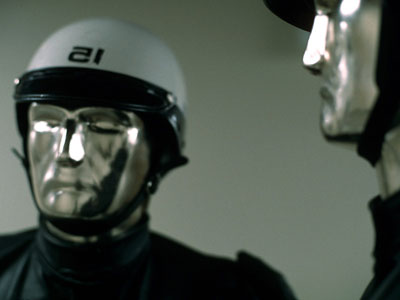
THX 1138 is a motion picture made in 1969 (but not released to theaters until 1971). It is primarily about two residents of a dystopian future-state where a high level of control is exerted upon the residents through the ever-presence of faceless, android police-officers and the mandatory, regulated use of special drugs that eliminate emotion and sexual desire. It was the first feature-length film directed by George Lucas, and in reality simply a more developed, feature-length version of his student film Electronic Labyrinth THX 1138:4EB, which he made in 1967 while attending the University of Southern California in Los Angeles. It shares themes with The Machine Stops, Anthem, Brave New World, Nineteen Eighty-Four, Ira Levin’s This Perfect Day, and was inspired in part by the short film 21-87.
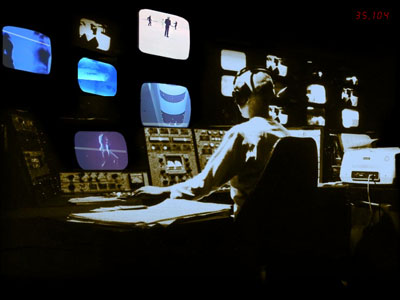
The film was produced in a joint-venture between Warner Brothers and Francis Ford Coppola’s then-new production company, American Zoetrope.
The film consists of three acts. In the first, we are introduced to daily life in the underground dystopia through the central character, THX 1138 (Robert Duvall), a nuclear-production-line worker. All emotions are suppressed in THX’s world through the compulsory use of (soma-like) drugs. However, THX’s female roommate LUH 3417 (Maggie McOmie) has stopped taking her drugs, and secretly substitutes inactive pills for THX’s medications. As the drug’s effects wear off, THX finds himself experiencing emotions and sexual desire for the first time. He and LUH begin a loving relationship, and plan to escape to the “superstructure”, where they hope to be able to live in freedom. Before they can attempt this escape they are arrested and charged with “sex crimes” and “drug violations.”
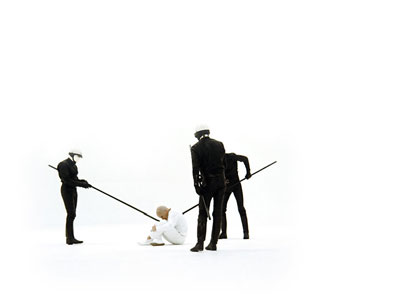
The second act sees THX incarcerated for his crimes in a white limbo world along with a collection of other prisoners, including Donald Pleasence as SEN 5241 – a sinister technician who has been using his programming skills to try and replace LUH as THX’s roommate and who is, himself a ‘prisoner’ of the limbo because THX reported him for said programming violations. Some of SEN’s dialogue is taken from speeches by Richard Nixon [1]. The outlook and content of this section of the film is somewhat reminiscent of the work of Samuel Beckett. Most of the prisoners seem uninterested in escape, but eventually THX and SEN decide to find an exit. They encounter SRT (Don Pedro Colley), a (tangible) hologram who has become disenchanted with his role in the society and is making an attempt to escape. Upon exiting the limbo, THX attempts to find LUH and learns that her identity has been reassigned to a fetus in a growth chamber. This indicates that she has been considered “incurable” and killed. Separated from the other two fugitives, SEN makes a tentative exploration of the limits of the city’s underground network. Cowed by what he sees, he returns to the city and is captured by the authorities.
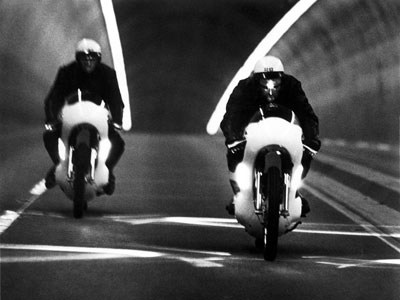
The third act is an extended escape sequence, featuring a futuristic and often-copied car-chase sequence through a tunnel network. THX and SRT steal two cars, but the latter immediately crashes. It is uncertain whether SRT survives the impact, although the film’s script indicates he does not. THX flees to the limits of the city’s underground road network while being chased by android police, and eventually locates an access tunnel that leads up to the surface. The police pursue THX up the ladder, but the expense of his capture exceeds its budget, compelling the police to retreat, leaving THX to climb out and stand, for the first time, in the harsh surface sunlight. As THX stands before the setting sun, birds intermittently fly overhead, indicating that life is possible on the surface.
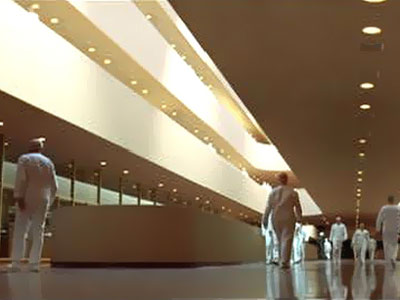
Trivia:
- George Lucas apparently named the film after his San Francisco telephone number, 849-1138 — the letters THX correspond to letters found on the buttons 8, 4 and 9.
- The cinematic sound systems company THX Ltd. was founded by Lucasfilm and has been thought to be named after this film. THX officially stands for “Tomlinson Holman’s eXperiment”. Tomlinson Holman developed the THX sound system, having been commissioned to do so by Lucas in 1982. According to Lucas’ thoughts, the “X” in the sound system name THX stands for “crossover”, a piece of audio processing equipment. In either case, it is not named for THX 1138 and Lucas says that the similar names are just a coincidence.
- In the audio commentary track on the DVD release of the film, co-writer and editor Walter Murch explains it was his belief that the names of the two main characters “THX” (pronounced “thex”) and “LUH” (pronounced like the word “love” without the “v” sound) refer to their being representations of “sex” and “love”, respectively.
- In an interview, Don Pedro Colley indicated that the cars were modified Chaparral racing cars. Colley is incorrect – they are cosmetically modified Lola T70 Mk.IIIs. This was verified by an article in Car & Driver magazine from the early 1980s discussing John Ward, who modified and prepared the cars for the film. This can also be verified by close inspection of the finished film.[1]
- During the chase sequence, a voice actor improvising background radio dialogue said, “I think I ran over something… I think I ran over a wookiee on the expressway.” The ad-lib became the name of a prominent alien race in the Star Wars films.
- Tamil writer Sujatha wrote a science fiction novel in two parts called En Iniya Iyandhira , based on THX-1138.
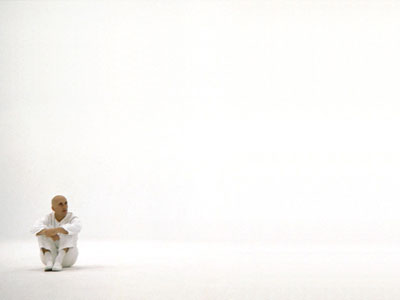
Links:
- Wikipedia entry
- Offical site (remastered movie)
References:
Lucas, George (Director). (2004). THX 1138 (The George Lucas Director’s Cut Two-Disc Special Edition) [DVD]. USA: Warner Brothers.
Wikipedia. “Wikipedia” http://en.wikipedia.org/wiki/THX_1138 (accessed October 18, 2006).

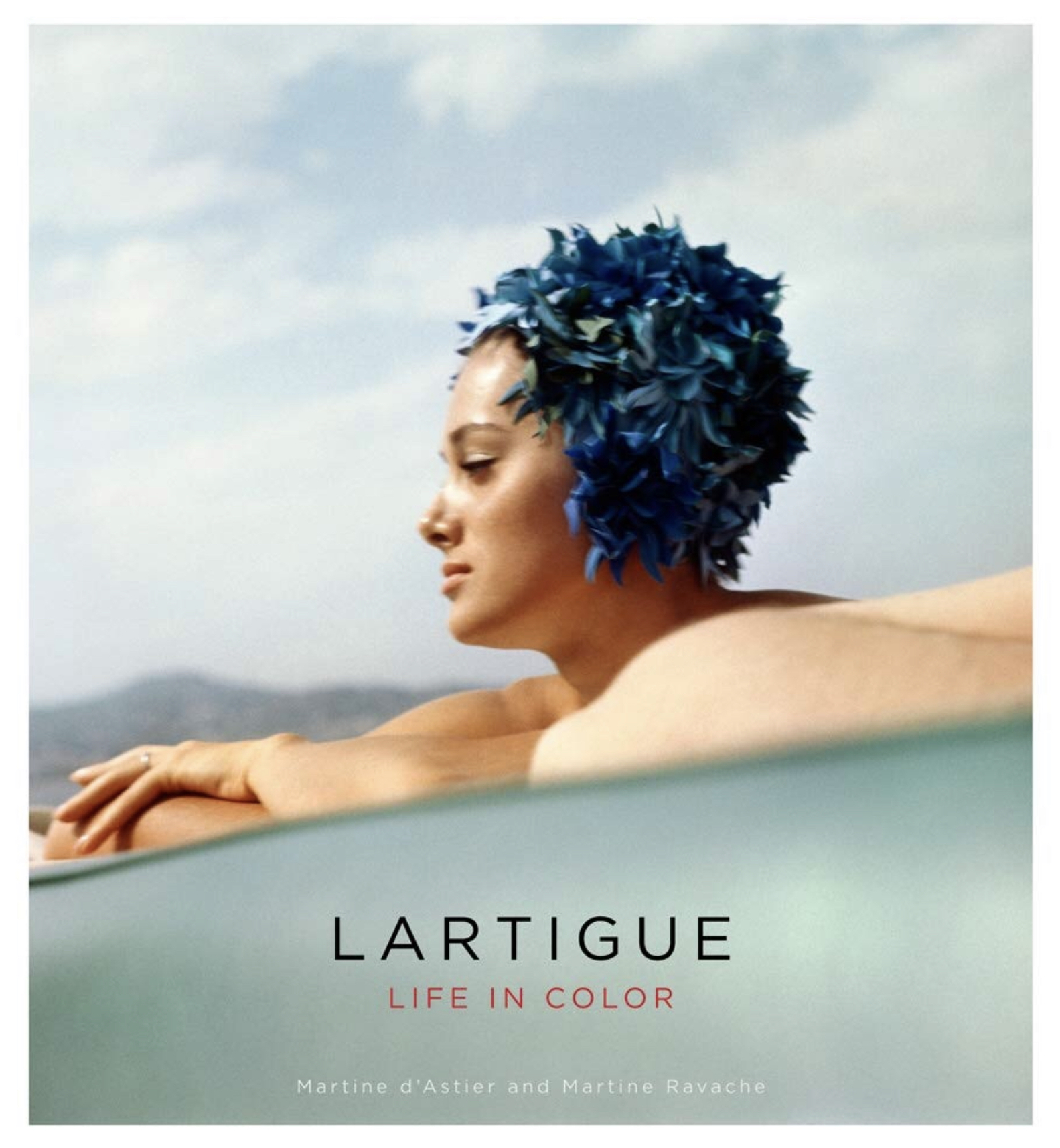
![Postcard collection from Expo 67 [repost]](https://www.joehallock.com/wp-images/2017/07/expo67_077.jpg)


[…] joehallock.com […]
Still relevant today. Another way to bag’n’tag us humans. Good show.
This Perfect Day was published in 1970. Unless Lucas saw a draft for it in 1967 it’s doubtful that he used it as a basis for THX 1138. There are ready-made parallels, although I think it’s closer to Logan’s Run in that regard.